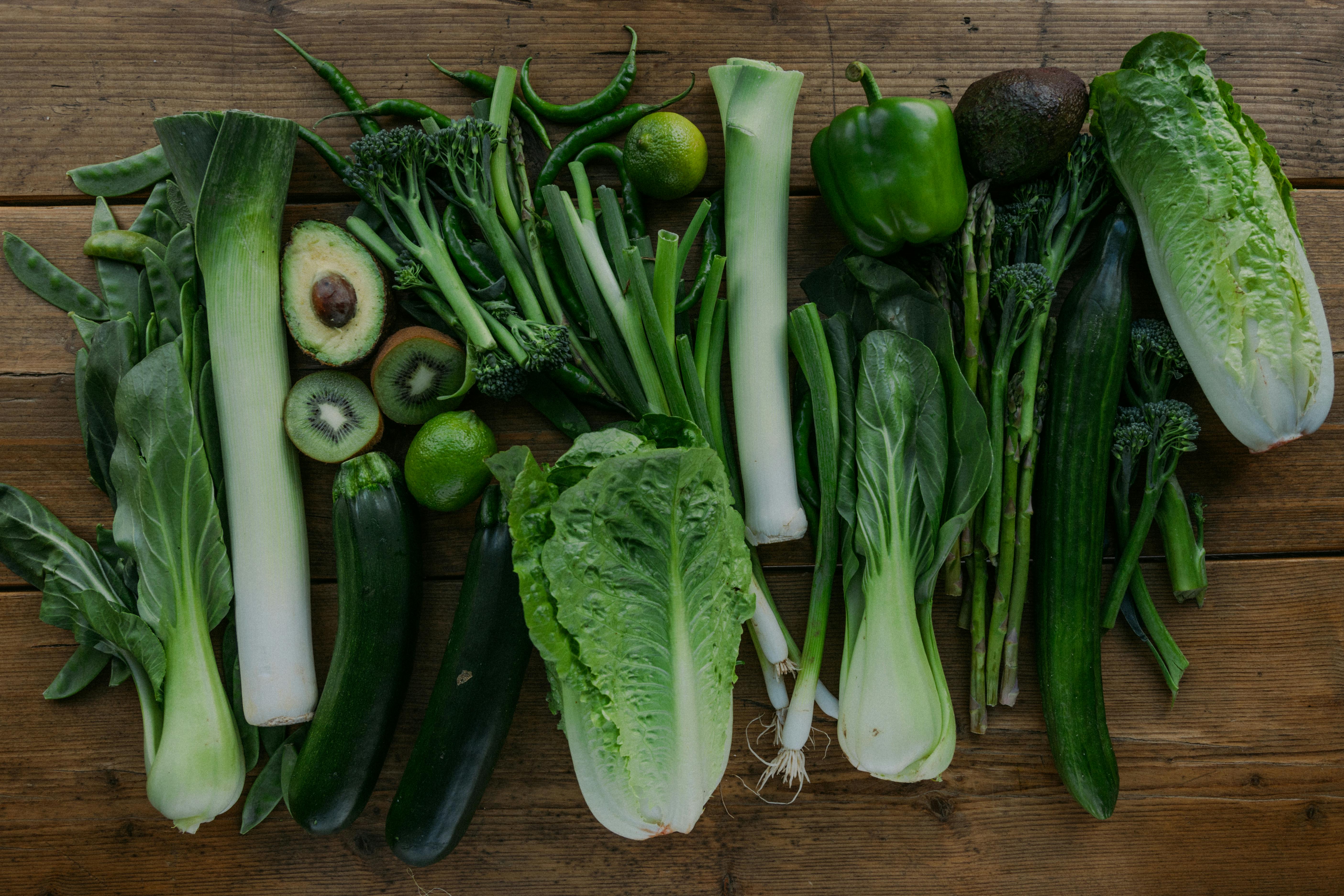Comprehensive Guide to How to Steep Tea for the Best Flavor

Apply Now


Comprehensive Guide to How to Steep Tea for the Best Flavor
Understanding the Basics of Tea Steeping
Steeping tea is more than just a process; it's an art that enhances the flavor and benefits of the leaves. When you steep tea, you're allowing the hot water to extract the essential oils, flavors, and nutrients from the tea leaves. The key factors that influence this extraction process include time, temperature, and the type of tea used. By mastering these elements, anyone can learn how to steep tea to create the perfect cup. The types of tea available today vary widely, from robust black tea to delicate white tea. Each tea variety comes with specific steeping times and temperatures, making knowledge of these factors crucial. For beginners, understanding how to steep tea correctly can lead to a profound appreciation for this age-old beverage. One of the common mistakes is steeping tea for too long, which can result in bitterness. Knowing how to steep tea without bitterness requires finding that delicate balance in time and temperature. With proper techniques, you can enjoy a rich flavor profile that truly represents the essence of each tea. This guide will cover various steeping methods, ideal conditions, and recommendations for all types of tea.The Importance of Tea Steeping Equipment
The right tea steeping equipment can significantly enhance your tea experience. Common tools include teapots, infusers, and tea bags, each serving a purpose. For loose leaf tea steeping, consider using a mesh infuser or a dedicated teapot that allows the leaves to expand. This ensures optimal flavor extraction and prevents over-steeping. When it comes to steeping tea bags, be cautious of the quality. Some bags can restrict the flow of water, limiting flavor infusion. Investing in loose leaf teas and high-quality tea steeping containers like glass kettles or clay pots can dramatically improve your brewing results. Explore unique tea accessories that not only enhance flavor but also elevate your tea rituals at home. Proper tea storage is another essential aspect of tea steeping. Store your tea leaves in airtight containers away from light and moisture. This practice helps maintain their flavor and efficacy over time, providing a delightful experience each time you brew.Essential Tea Steeping Tips for Beginners
For those just starting, there are several tea steeping tips to consider for a better brewing experience. First, always use fresh, filtered water. The quality of water affects how tea extracts flavor, with minerals and impurities impacting taste. Ideally, your water should be free of chlorine and other contaminants. To achieve the best tea steeping time, familiarize yourself with the specific requirements of each tea type. For example, black tea requires a boiling temperature and longer steeping times, while green tea needs a lower temperature and shorter steeping duration. Use a digital thermometer to ensure precise temperatures, enhancing the extraction process. Another vital aspect is finding the correct tea steeping ratio. A commonly recommended guideline is one teaspoon of loose leaf tea per cup of water. However, adjustments may be necessary based on personal taste preferences and the strength you desire.Exploring Different Tea Varieties and Their Steeping Methods
Black Tea Steeping Techniques
Black tea is known for its robust and rich flavors, making it a favorite among tea enthusiasts. The ideal tea steeping temperature for black tea ranges between 200°F to 212°F (93°C to 100°C). A steeping time of 3 to 5 minutes generally provides a full-bodied flavor, but this can vary by brand and blend. For black tea, ensure you're using high-quality tea leaves, as the flavor profile will differ significantly. To avoid bitterness, always keep an eye on steeping strength. If you're experimenting with flavored blends, consider steeping time adjustments based on the additional ingredients used. Additionally, when steeping multiple tea types, keep black tea separate to avoid flavor crossover. Each type of tea possesses its special characteristics that shine through proper steeping methods.Green Tea Steeping for Maximum Flavor
Green tea is renowned for its delicate flavors and health benefits. Correct steeping techniques are crucial here, as water temperature and steeping times are particularly sensitive. Aim for water temperatures of approximately 160°F to 180°F (71°C to 82°C) and steeping for 2 to 3 minutes. Avoiding over-steeping is essential, as it can lead to a bitter taste. When steeping green tea, using high-quality leaves ensures a more enjoyable experience. Look for organic green teas renowned for their natural flavor profiles and consider incorporating them into your tea blending for unique infusions. Experiment with different green tea varieties to discover their flavor nuances. You might explore jasmine or matcha for a flavorful twist.Steeping Herbal Tea: Techniques for Delicious Infusions
Herbal teas are unique because they may contain various ingredients, from fruits to spices. Proper steeping techniques can enhance the diverse flavors found within herbal blends. Generally, herbal tea requires boiling water at around 212°F (100°C) and should steep for 5 to 7 minutes to fully release their flavors. Beware of quick steeping methods for herbs, as they often require more time to extract essential oils, leading to a more profound flavor profile. The longer steeping time allows for better tea leaf extraction, resulting in a richer taste. Experimenting with different herbs, such as chamomile or hibiscus, can result in exciting flavor combinations and health benefits. Steeping iced tea from herbal infusions can also yield refreshing beverages for warmer weather.Steeping Guidelines: Temperatures and Timing
Best Practices for Tea Brewing and Timing
When steeping tea, time and temperature are directly correlated to flavor quality. Understanding ideal temperature ranges and steeping durations for different tea types helps achieve maximized flavor through steeping. Use the following guide as a basic starting point, and adjust based on personal preferences: - **Green Tea**: 160°F-180°F for 2-3 minutes. - **Black Tea**: 200°F-212°F for 3-5 minutes. - **Oolong Tea**: 190°F-200°F for 3-5 minutes. - **White Tea**: 160°F-185°F for 4-5 minutes. - **Herbal Tea**: 212°F for 5-7 minutes. These guidelines serve as a base for experimentation. Often, the perfect cup of tea requires tweaking these parameters to find what suits your taste best. Using a timer can help ensure you're steeping for the correct amount of time, while a thermometer ensures the water is at the right temperature. This level of precision allows for excellent flavor extraction and a more robust tea experience.The Science of Tea Infusion and Flavor Enhancement
The process of steeping tea involves complex chemical reactions, where hot water extracts flavors, colors, and nutrients from tea leaves. Factors such as the rate of infusion, temperature, and time all play critical roles in determining the tea's end flavor. Temperature is particularly crucial, as higher temperatures typically result in faster extraction rates. Understanding the science of tea steeping not only elevates the brewing experience but also encourages experimentation with flavor layering and enhancing techniques. Adding elements such as oils or lemon can create a unique flavor infusion in tea, tailoring it to your preferences. Learning about the cultural significance of different infusion methods can further enrich your tea experience.Creating Your Custom Tea Experience
Making Tea Rituals Personal
Tea is more than just a beverage; it's a ritual that varies around the world. Taking inspiration from these traditions can help you develop a personalized steeping experience. Incorporate family traditions or cultural rituals from tea-drinking countries to enhance your tea time, making it a shared experience with friends or family. You may consider scheduling a specific tea-tasting event, exploring different tea varieties, and discussing their unique flavor profiles together. Enjoying tea is a time-honored practice that fosters connection, creativity, and mindfulness. Experiment with your steeping processes, incorporating different tea blending ideas, and flavoring techniques. This encourages a deeper understanding of tea and enhances the enjoyment of brewing.Common Mistakes to Avoid in Tea Steeping
As you delve deeper into tea steeping, avoid common mistakes like over-steeping or using the wrong water temperature. Over-steeping can quickly lead to bitterness, nullifying the potential of the tea's natural flavors. Ensure accurate steeping durations are adhered to, according to the specific type of tea you're working with. Using water that is too hard can also negatively impact flavor. Pay attention to tea steeping water quality to avoid issues with unwanted minerals affecting taste. A good practice is using filtered or spring water, which can greatly improve tea profile. By mastering these tips and techniques, you'll be well on your way to becoming a proficient tea steeper. Embrace the journey, explore different varieties, and share your love of tea with others.Q&A Section: Your Tea Steeping Queries Answered
How long to steep tea for the best flavor?
The steeping duration varies by tea type. Generally, black teas steep for 3-5 minutes, while green teas require only 2-3 minutes. Herbal teas often need a longer steeping time, around 5-7 minutes, to extract their full flavor.What is the optimal temperature for steeping black tea?
The best temperature for steeping black tea is between 200°F to 212°F (93°C to 100°C). This hot water is essential for releasing the robust flavors found within the leaves.Can I steep tea multiple times?
Yes, many types of tea, particularly high-quality loose-leaf teas, can be steeped multiple times. Each infusion will bring out different flavor notes, allowing you to explore the tea's depth and character.What's the significance of tea steeping rituals?
Tea steeping rituals hold cultural significance around the world, enriching the experience through mindfulness and socialization. These traditions enhance the appreciation of tea and foster connections among friends and family.How can I enhance the flavor profile of my tea?
To enhance tea flavor, consider experimenting with flavor layering techniques such as adding herbs, fruits, or oils. Steeping in varying temperatures and durations can also yield unique profiles that cater to personal preferences.
